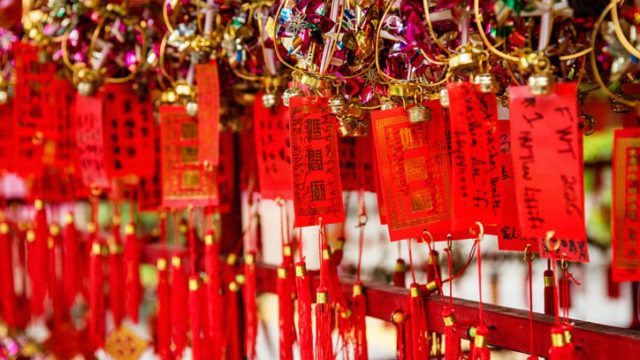Sentiment towards risk assets inevitably soured at the end of the first quarter of this year, as the Covid-19 pandemic and consequent social lockdowns prompted fears of a protracted global economic collapse.
However, large fiscal and monetary stimulus packages by policy makers throughout the world encouraged investors to look beyond the crisis, leading to strong market recoveries at the start of the second quarter. Renewed and sustained confidence among many global asset managers is shared by fund selectors in Asia.
“Their largely negative economic outlook has turned to neutral, and they are planning to reduce their cash levels and raise allocations to risk assets over the next 12 months,” said Dylan Emery, group editorial director at Last Word Media, the publisher of FSA.
“In particular, there is a ton of demand for Chinese equities among our wholesale investors,” he said.
There was a 60% bias towards buying China equities at the end of June, according to a surveyed sample of 250 top decision makers in Hong Kong, Malaysia, Singapore and Thailand. The MSCI China index was up 3.58% in the first half of this year, compared with a 5.99% decline in the globally-representative MSCI ACWI, according to FE Fundinfo data.
Asia ex-Japan equities in general also enjoyed positive sentiment, with 40% of fund selectors in the region planning to increase their allocations and only about 10% intending to reduce their weightings.
Among developed market equities, the best buying appetites are for US and global equity funds, while sentiment towards European and Japanese equities is marginally positive.
The quarterly survey, conducted by Last Word Media, identifies likely investment flows across 24 asset classes by asking fund selectors in Hong Kong, Singapore and Thailand for their expected allocations over the next 12 months.
Shift to risk bonds
Low yielding developed market government bonds were the least attractive of all asset classes, and there was a significant 40% negative shift in planned cash levels during the next year.
“Half of our respondents are looking to reduce their cash positions in the coming 12 months, so this is a positive development,” said Emery.
Some of that cash will move to funds managing developed market investment grade and high yield corporate bonds, according to the research. Both fixed income categories experienced the greatest net change in sentiment between the first two quarters of this year.
There was an almost 60% shift towards a positive outlook for investment grade corporate bonds and a 50% shift to a buying stance for high yield, reflecting a trend also observed among pan-European fund selectors, according to the research.
“There was some demand for emerging market corporate bonds and G3 currency Asian fixed income too, but it was not as impressive,” said Emery. Meanwhile, allocations to local currency Asian bonds are likely to remain unchanged.
The lack of enthusiasm for G3 Asia fixed income is perhaps surprising, because several asset managers, such as UBS AM, Invesco, and JP Morgan AM have been keen promoters of their attractions, which include a yield advantage over comparable US and European issues and a lower historical default rate.
Convertible bonds enjoyed a 40% shift in positive sentiment, with fund selectors possibly attracted by the cushion of (albeit low) income payouts combined with the upside potential of their equity component.
Among alternative asset classes, there was a strong tilt toward private equity, while absolute return products, hedge funds and unconstrained bond mandates are also popular with fund selectors in Asia.
“Property is also in demand with a significant proportion of our respondents, but commodities divide opinion,” said Emery.


















